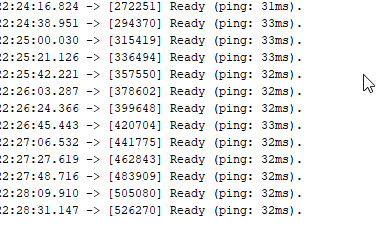Before creating the topic
- Search forum for similar topics
- Check http://docs.blynk.cc and http://help.blynk.cc/
- Add details :
• Hardware model + communication type. For example: Arduino UNO with Ethernet Shield
• Smartphone OS (iOS or Android) + version
• Blynk server or local server
• Blynk Library version
• Add your sketch code. Code should be formatted as example below.
Code should be formatted as example below.
Simply paste your code between ``` If you don’t format your code, your topic can be deleted by moderators.
Hi.
I am used Aruino Uno with ESP8266 wifi for I2C LCD(16x2)
My aruino continues to connect when “LiquidCrystal_I2C lcd (0x27, 16, 2);” is enabled.
As shown in the picture below!

However, annotating this code will operate normally.
//LiquidCrystal_I2C lcd(0x27, 16, 2);
What’s the problem?
#include <LiquidCrystal_I2C.h>
#include <Wire.h>
#define BLYNK_PRINT Serial
#include <ESP8266_Lib.h>
#include <BlynkSimpleShieldEsp8266.h>
LiquidCrystal_I2C lcd(0x27, 16, 2);
char auth[] = "";
char ssid[] = "To_2.4Ghz";
char pass[] = "kkkkkkkk";
int pinData;
#include <SoftwareSerial.h>
SoftwareSerial EspSerial(2, 3); // RX, TX
#define ESP8266_BAUD 9600
ESP8266 wifi(&EspSerial);
WidgetTerminal terminal(V6);
void setup()
{
// Debug console
Serial.begin(115200);
// Set ESP8266 baud rate
EspSerial.begin(ESP8266_BAUD);
delay(10);
Blynk.begin(auth, wifi, ssid, pass);
lcd.init();
lcd.backlight();
}
BLYNK_WRITE(V2)
{
phValue= param.asFloat();
}
void loop()
{
Blynk.run();
lcd.print(" Hello World!! ");
}
BLYNK_READ(V1) //Blynk app has something on V5
{
Blynk.virtualWrite(V1, doValue); //sending to Blynk
}


